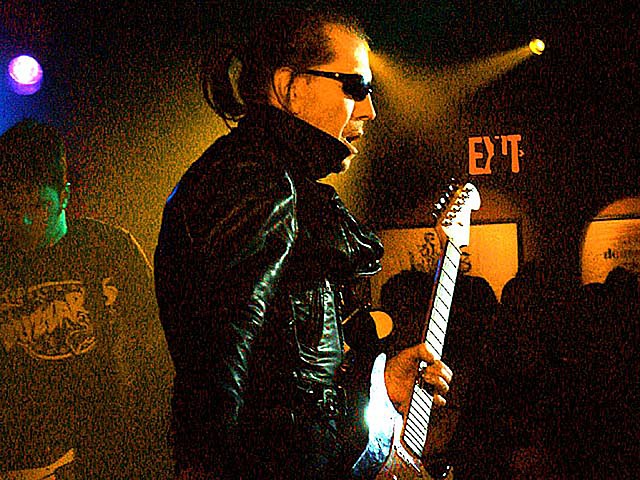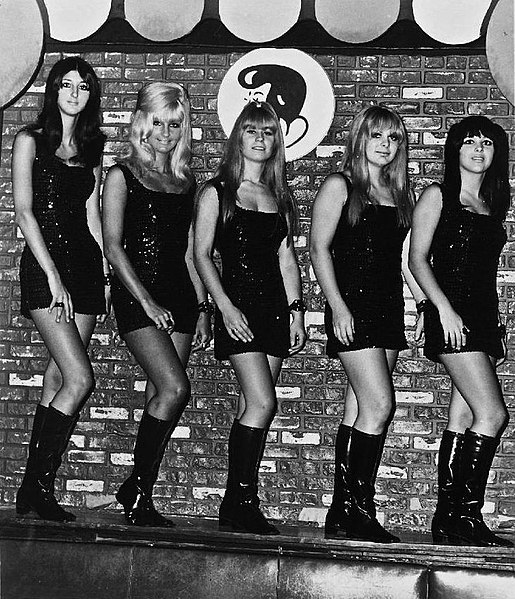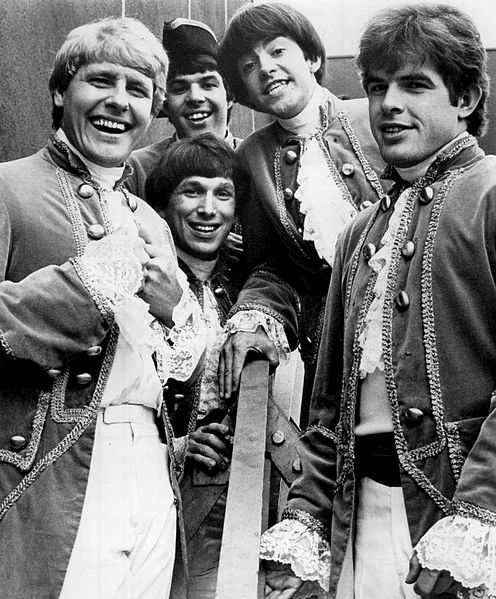Garage punk (fusion genre)
Garage punk is a rock music fusion genre combining the influences of garage rock, punk rock, and often other genres, that took shape in the indie rock underground between the late 1980s and early 1990s. Bands drew heavily from 1960s garage rock, stripped-down 1970s punk rock, and Detroit proto-punk, and often incorporated numerous other styles into their approach, such as power pop, 1960s girl groups, hardcore punk, blues, early R&B and surf rock.
The Sonics are sometimes considered to be the first garage punk band.
Garage rock is a raw and energetic style of rock and roll that flourished in the mid-1960s, most notably in the United States and Canada, and has experienced a series of subsequent revivals. The style is characterized by basic chord structures played on electric guitars and other instruments, sometimes distorted through a fuzzbox, as well as often unsophisticated and occasionally aggressive lyrics and delivery. Its name derives from the perception that groups were often made up of young amateurs who rehearsed in the family garage, although many were professional.
The D-Men (later the Fifth Estate) in 1964
Link Wray, pictured in 1993, who helped pioneer the use of guitar power chords and distortion as early as 1958 with the instrumental, "Rumble", has been cited as an early influence on garage rock.
The Pleasure Seekers in 1966 (Suzi Quatro far right)
Paul Revere & the Raiders in 1967





